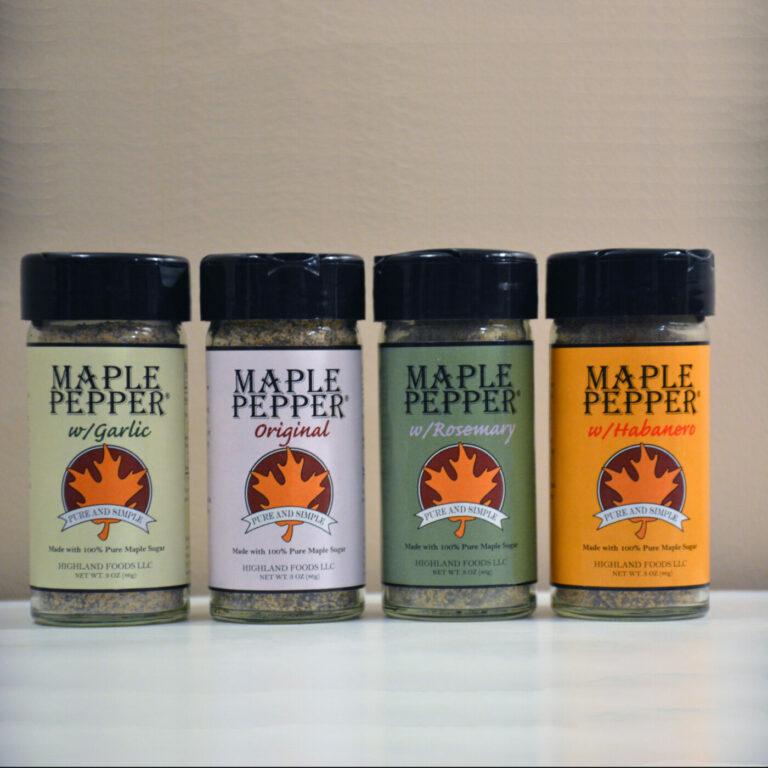The continuum of personal meat consumption spans from fastidiously vegan to committedly carnivorous. Whether citing animal rights, environmental rights, or the all-American right to eat anything they darn well please, consumers at both ends of the spectrum are pretty vocal about their chosen approach to eating (or not eating) meat.
But middle ground has been located within the growing reducetarian movement. Driven by myriad reasons—from striving for better health through a plant-forward diet to leaving a lower carbon footprint through eschewing industrial-raised animal products—eaters are forging personalized paths toward consuming less meat, eggs, and dairy products overall. According to a recent study by The Nielsen Company, 39% of Americans are actively seeking out more plant-based foods to reduce the overall number of animal-based ones they consume.
There are fish-eating pescatarians; chicken-eating pollotarians; localvores who pay the higher price for meat raised by regional farmers they know and trust; and flexitarians who set themselves up to be occasional meat eaters with “weekday vegetarian” or “vegan before 6 p.m.” regimes.
There is room at the reducetarian table for all types of eaters, said Brian Kateman in his opening remarks at the second annual Reducetarian Summit held in Washington, D.C. in late September. Kateman coined the term “reducetarian” five years ago to describe anyone keen on cutting meat consumption. He edited The Reducetarian Solution (Penguin Random House, 2017), a collection of essays penned by farmers, environmentalists, dietitians, and scientists centered on the environmental, health, and humane arguments for eating less meat, and The Reducetarian Cookbook (Hachette Book Group, 2018), a collection of plant-based recipes. As co-founder and president of the nonprofit Reducetarian Foundation, he posits that by eliminating at least 10% of the meat from our diets, all of us can reap personal health benefits and contribute to a healthier planet.
The average American eats about 200 pounds of meat, fish, eggs, and dairy products annually. The average American lacto-ovo-vegetarian eats about 10 pounds of eggs and dairy per year. Getting meat eaters to cut 10% of their meat consumption (a reduction of 20 pounds) will make a bigger impact, pound for pound, than getting vegetarians to go vegan (a reduction of 10 pounds), said Kateman.
I buy his argument for several reasons—first and foremost because I like meat. But also, I am over 50 and could stand to lose a few pounds by eating more vegetables; I am concerned about the fact that factory farming is responsible for 15% of global greenhouse gases; and I am conscious about choosing locally raised meat from humanely treated animals, which comes with a price premium and means I can only afford to buy smaller portions.
Therefore, I am indeed a reducetarian. Since I don’t buy into the hype (nor do I like the flavor or texture) of the processed, alternative meats that product makers like Beyond Meat and Impossible Foods are introducing to the zeitgeist, I’ve zeroed in on cooking techniques and cultural cuisines that slice the meat by half while doubling the vegetables and grains on the plate. The trick to this kind of cooking is to reframe meat as a condiment that adds flavor to the whole dish rather than sits alone in the center of the plate.
Condimental meat spans cuisines. The first time I ate a sausage pizza in Italy, there couldn’t have been more than an ounce of crumbled, highly flavored meat sprinkled around the whole pie. I was skeptical, but it was just the right amount. As a Christmas gift 25 years ago, my in-laws gave me a copy of Madhur Jaffrey’s 1982 cookbook called Indian Cookery. Jaffrey’s lamb biryani requires just 4 ounces of raw meat per serving. Since lamb loses 40 to 50 percent of its weight when stewed, the meat reduces to a 2-ounce flavor agent per serving.
While visiting my brother in California when the U.S. Army was training him to speak Korean, he treated me to my very first bibimbap. The steaming rice bowl was topped with cold julienned vegetables. The barbecued beef was served in equally sparing measure as the kimchi, and the whole arrangement was topped with a raw egg yolk. As is the custom, I mixed it all together before eating it, and the minuscule amount of sweet and smoky meat left its mark on my taste memory without hijacking the whole experience.
Condimental meat takes advanced planning because cutting down a typical 5- to 6-ounce portion to a 2- to 3-ounce condiment requires you to boost the umami blast that the lesser amount of meat will contribute. The trick to using meat as a condiment is twofold: First, you must flavor the meat before cooking it, with either a punchy wet marinade or a dry rub. Buying pre-seasoned sausage is also a good option. And secondly, you must use a cooking method that either adds flavor (think of the boost meat gets from the smokiness of a grill) or transfers flavor to other ingredients in the dish, making its presence more widely known (like the braise used in the following Lamb, Chickpea, and Hummus Bowls recipe).
Give condimental meat and reducetarianism a go. You just might find, as Kateman holds, “Any incremental change in meat consumption is worthy of celebration.”














